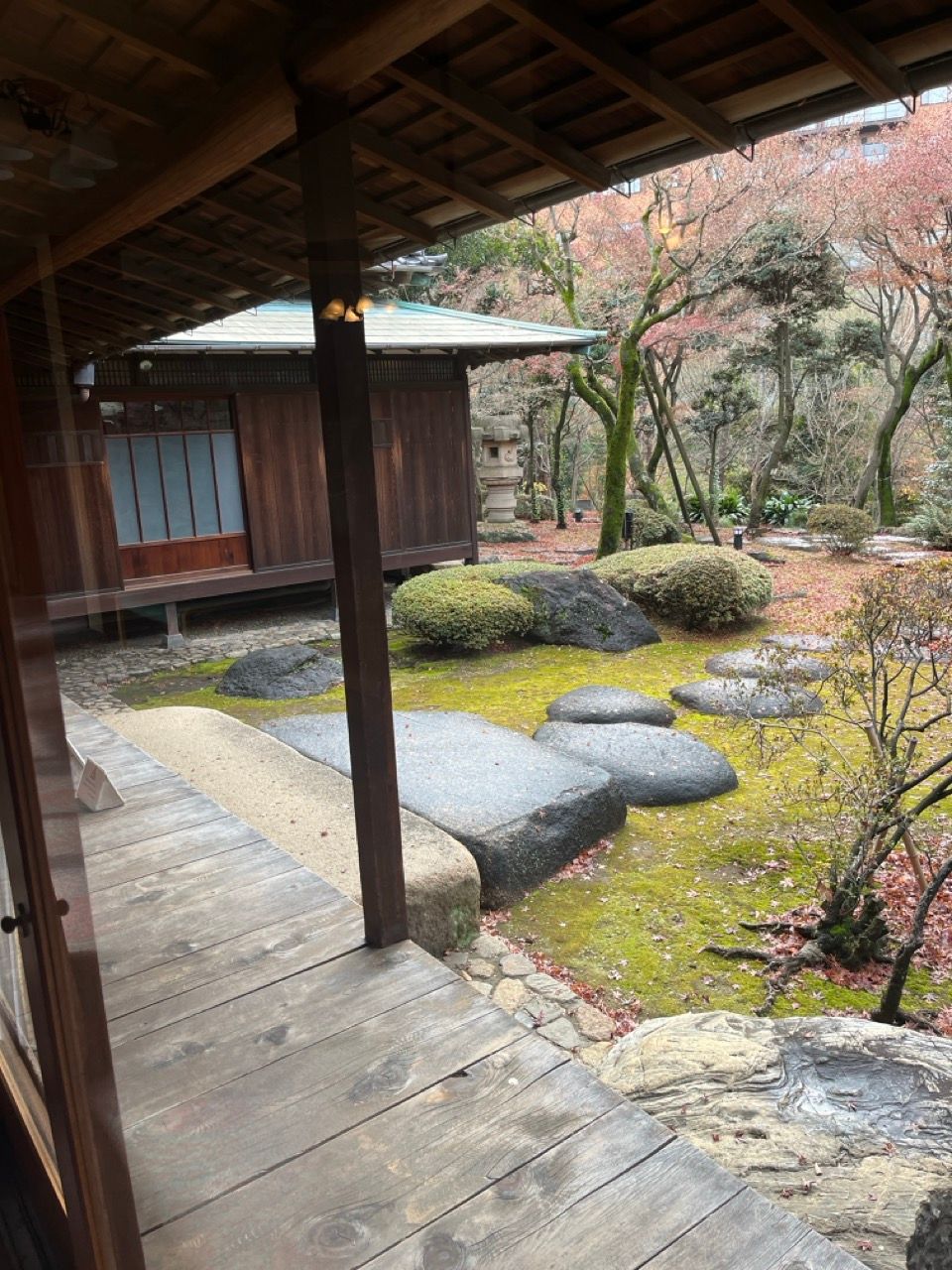Japan, Travel Notes
Ryan Bains, Poeticwalls
Constant Transformation & Experiment
Tokyo, Kyoto, and Osaka are vastly different, yet they share a deep sensitivity to space, light, and texture. Hyper-functional structures shape the architectural landscape. Suddenly—just around the corner—the city will morph into something futuristic, visionary. Buildings by influential Japanese architects dramatize and structure the urban and semi-urban landscapes in select locations. Wandering through Tokyo reveals parallel worlds. Omotesando, the luxurious high-tech shopping district, is one grand, gleaming architectural spectacle. And right in the middle of it, one might find oneself in a moss-covered alley with a centuries-old teahouse. In Praise of Shadows. My personal retreats in Tokyo include quieter areas like Yoyogi Park and Ueno Park. Compared to Tokyo, Kyoto feels restrained. Here, it is not density but spatial sequences and the integration of nature that set the rhythm of the vast, loosely structured settlement landscape. Temples and traditional machiya townhouses convey a sense of continuity, with indoor and outdoor spaces flowing seamlessly into one another through sliding doors, inner courtyards, and visual referencing. Then comes Osaka, striking with its raw energy, roughness, and bold materiality—a dizzying contrast to Tokyo’s controlled complexity and Kyoto’s introspective nature. Osaka thrives on opposites—between the neon spectacle of Dotonbori and the monolithic concrete structures that defined its post-war architecture. The fragments of the 1970 World Expo, with its futuristic concepts like Metabolism, are still manifested in the city’s megastructural fabric.
To experience space not as static, but as an endlessly evolving condition
Experiencing city and landscape architecture in Japan means understanding space as a dynamic, ever-evolving condition rather than something static. Whether in the urban centers of Tokyo and Osaka or in the meditative stillness of Kyoto and Awaji, the built environment reveals itself as an interplay of tradition and transformation. In Japan, one moves through a sequence of natural and man-made spaces that define the country’s geography and culture.









